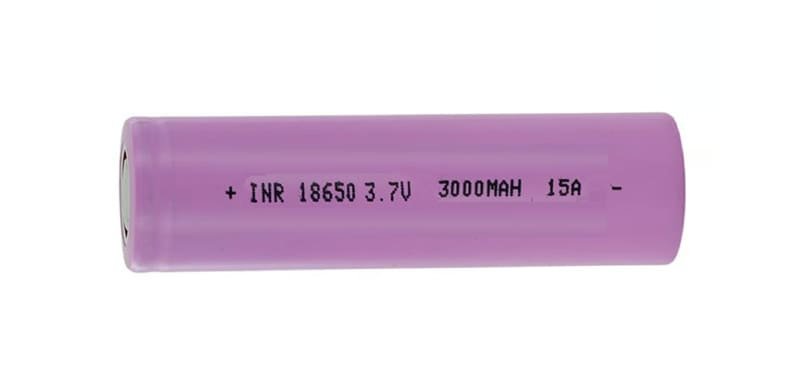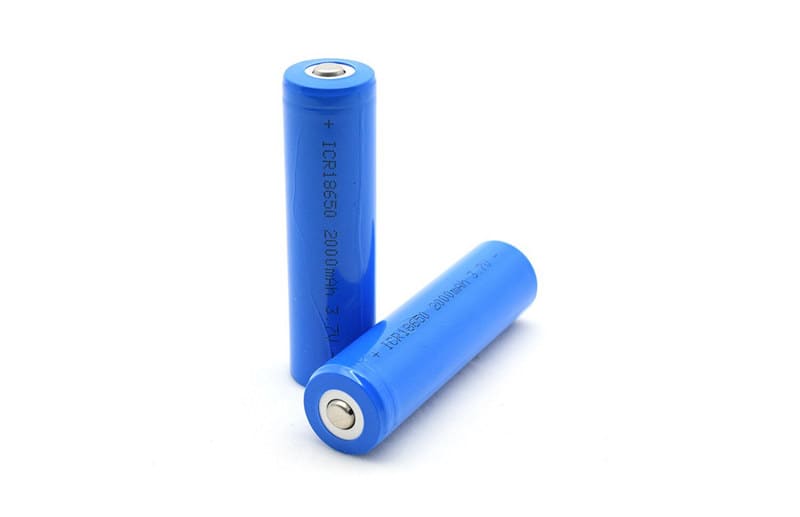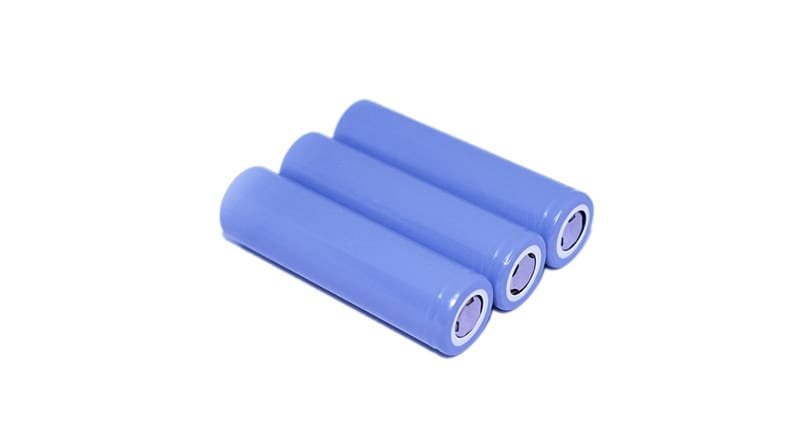When shopping for 18650 batteries, you may have come across terms such as INR, IMR, ICR, and IFR. But what do these abbreviations mean? INR, IMR, ICR, and IFR refer to the different chemistries used in 18650 batteries. Different chemical compositions affect important factors such as capacity, discharge rate and safety. Each chemical has its own unique properties and performance.
Let’s take a look at the differences between them.
INR, IMR, ICR, and IFR 18650 Batteries

What is INR 18650 Battery?
“I” represents the chemical material “lithium”, “N” represents the chemical material “nickel”, and “R” represents the round shape of the battery. Therefore, INR refers to Li-NiMnCoO2 cylindrical battery, which is the abbreviation of “Lithium Nickel Manganese Cobalt Oxide Round Cell.”
INR batteries combine chemistries such as nickel, manganese and cobalt to provide a good balance between capacity and discharge rate. The addition of manganese helps improve stability and safety, making INR batteries less susceptible to overheating or thermal runaway. This means they can provide consistent power output levels throughout the discharge cycle and allow devices to run longer before charging.
Due to its high capacity and stable discharge rate, INR18650 batteries are popular in applications requiring reliable and stable power. This makes the INR18650 battery suitable for devices such as power tools and power banks. However, the energy density of INR18650 batteries is lower than other types of 18650 batteries, making it less suitable for devices such as smart phones that require a large amount of energy in a small package.
What is IMR 18650 Battery?
“I” represents the chemical material “lithium”, “M” represents the chemical material “manganese”, and “R” represents the round shape of the battery. Therefore, INR refers to LiMn2O4 cylindrical battery, which is the abbreviation of “Lithium Manganese Oxide Round Cell.”
IMR batteries also contain manganese, so they are safer and more stable than other 18650 batteries. IMR batteries have lower capacity compared to INR batteries. But because the IMR battery has a lower internal resistance, it can provide a higher discharge rate and can provide bursts of energy when needed.
The characteristics of IMR batteries are not suitable for long-term, low-power applications. Ideal for applications that require large amounts of power to be released quickly, such as high-performance flashlights.

What is ICR 18650 Battery?
“I” represents the chemical material “lithium”, “C” represents the chemical material “cobalt”, and “R” represents the round shape of the battery. Therefore, INR refers to LiCoO2 cylindrical battery, which is the abbreviation of “Lithium Cobalt Oxide Round Cell.”
The addition of the chemical material cobalt makes the energy density of the ICR18650 battery greater than other types of 18650 batteries. This means that it has a larger capacity and can store more power. However, due to changes in chemical materials, the stability and safety of ICR batteries are reduced, and they are more likely to catch fire and explode.
ICR batteries are known for their high capacity but lower discharge rate compared to INR and IMR batteries. ICR batteries are often used in devices that prioritize energy storage over high current output. They are more suitable for low-power applications that require large capacity, such as laptops, cameras, and other devices.
What is IFR 18650 Battery?
“I” represents the chemical material “lithium”, “F” represents the chemical material “iron”, and “R” represents the round shape of the battery. Therefore, INR refers to LiFePO4 cylindrical battery, which is the abbreviation of “Lithium Iron Phosphate Round Cell.”
IFR batteries use lithium iron phosphate material, which has a great impact on the characteristics of the battery. Its advantages and disadvantages are obvious. IFR18650 batteries are more stable, safer, and have longer cycle life. At the same time, its energy density is greatly reduced, which means that its battery capacity is reduced. Its discharge power is also relatively low compared to high discharge rate batteries.
IFR’s battery characteristics allow it to withstand a greater number of charge-discharge cycles before experiencing significant capacity degradation. This makes them more suitable for applications requiring long-term performance, such as solar storage systems and backup power supplies.

Differences Between INR, IMR, ICR, and IFR 18650 Batteries
INR batteries have a good balance between capacity and discharge rate, and are batteries with good overall performance. It’s ideal for applications that require the best of both worlds.
IMR batteries have a lower capacity but a higher discharge rate. They are ideal for devices that require bursts of energy and fast power transfer.
ICR batteries are high capacity, low discharge rate batteries. Suitable for applications requiring high power and low discharge rate.
IFR batteries have stable performance, low risk of thermal runaway, and safety is a priority. They are ideal for applications that require reliable, stable power and are safety-focused.
Therefore, in terms of safety: IFR18650 battery is the highest and ICR18650 battery is the lowest. In terms of discharge rate, the IMR18650 battery is the first. ICR18650 battery has higher energy density. The INR18650 battery strikes a balance between them.
